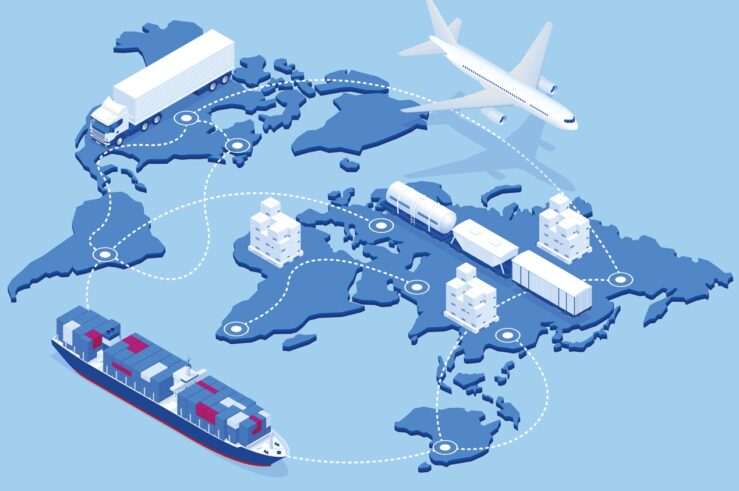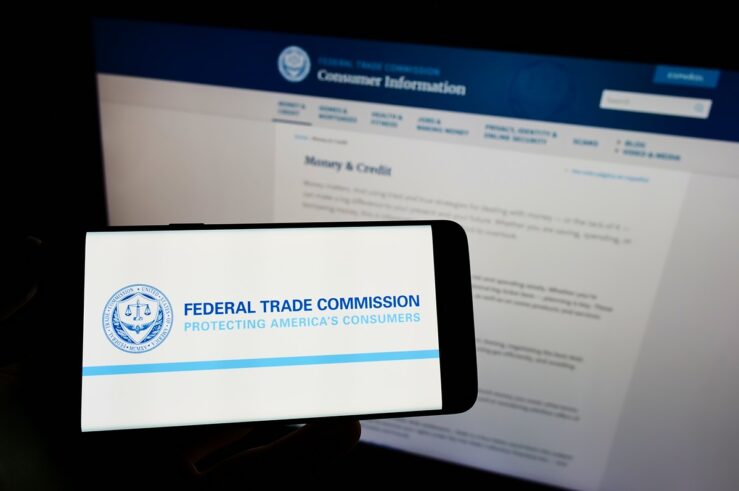The recent State of the Union address, in which President Bush called for an almost 500% increase in alternative fuel consumption by 2017, once again turned the nation’s attention to the various elixirs that promise to make the U.S. “energy independent.” The closer we look, though, the less appealing the leading alternative fuel — ethanol — appears to be.
In The Ethanol Boondoggle, appearing in the current issue of the Milken Institute Review (free registration required), Jerry Taylor and Peter Van Doren persuasively catalogue ethanol’s shortcomings. Among the deficiencies they cite are the following:
Ethanol requires massive government subsidies. The U.S. Department of Agriculture estimates that ethanol costs $2.53 per gallon to produce in the United States — far more than the cost of conventional gasoline. The stuff would never make it to the pump but for massive government subsidies. Indeed, the 2006 subsidies amounted to about $1.05 to $1.38 per gallon, or 42 to 55 percent of ethanol’s wholesale market price. While ethanol proponents contend that these subsidies are needed to level the playing field with oil, whose production is also subsidized, the facts suggest otherwise. The 2006 subsidies for oil production amounted to about 0.3 cents per gallon. Moreover, as Taylor and Van Doren note,
the proper remedy for an objectionable subsidy is its elimination, not the imposition of a countervailing subsidy. The riposte that oil subsidies are impossible to eradicate, thus necessitating a “second-best” response of counter-subsidy — is hardly persuasive. Oil subsidies have been eliminated in the past — most recently, during the Reagan administration.
Ethanol’s environmental benefits are nil. Most folks seem to believe that ethanol, produced from pretty green corn fields in the Midwest, must be better for the environment than that ugly black stuff the gurgles under desert sands. But the facts suggest otherwise. First, ethanol creates more smog than conventional gasoline. In Ethanol in Gasoline: Environmental Impacts and Sustainability, published in the Renewable and Sustainable Energy Reviews, Prof. Robert Niven concluded that burning E10 (fuel that’s 90% conventional gasoline and 10% ethanol) actually increases emissions of total hydrocarbons, non-methane organic compounds, and volatile toxins. Substitution to E10 thus increases both smog and ambient concentrations of toxic chemicals. And the situation is worse for E85, the 85 percent ethanol fuel that’s being pushed by GM and is widely available in the Midwest.
But what about greenhouse gases? Ethanol fares no better. Niven’s review found that burning E10 rather than conventional gasoline reduces greenhouse gas emissions by only 1 to 5 percent, and that switching to pure ethanol would provide only a 12 percent reduction in such emissions. While 12 percent sounds pretty substantial, that figure doesn’t account for the increased energy required to produce ethanol. Once we run additional tractors to cultivate the corn, fire the boilers required to distill it into alcohol, and fuel the trucks needed to transport the stuff around the country (ethanol is corrosive and can’t be transported in pipelines), any reductions in greenhouse gas emissions disappear.
Finally, we must consider non-air quality environmental effects. Profitable corn production requires tremendous quantities of fertilizer, pesticides, and water. And, of course, more land will have to be devoted to corn production. Increased ethanol use therefore promises to increase water pollution (from farm run-off), destroy wildlife habitat, and reduce biodiversity.
Increased ethanol production will increase food prices. Since rules kicked in last year requiring that reformulated gasoline use ethanol rather than MTBE, corn prices have skyrocketed. Last Monday’s price of $4.05 per bushel was double the price from a year ago. This development has huge implications for the food supply, for corn is in just about everything we eat. As an article in last Monday’s WSJ explained,
Corn goes into more than a bowl of cornflakes. It’s in your bacon and eggs — corn gets fed to hogs and chickens. High-fructose corn syrup sweetens soda, salad dressing and, if you look at the label, probably your cough syrup. In his book “The Omnivore’s Dilemma,” author Michael Pollan relates that he asked University of California, Berkeley, biologists to pass a McDonald’s cheeseburger through a mass spectrometer. They found 52% of its carbon content started out as corn.
As one analyst colorfully put it, “If you look at cattle and hogs and chickens, what they really are, are devices for turning low-value corn into high-value meat.” Raising the price of corn therefore raises the price of many, many food products. Since Americans spend 15% of their income on food (as opposed to 9% on energy), and since poor people spend an even higher percentage than that, ethanol mandates may have large and regressive negative economic impacts. Outside the rich U.S.A., the situation may be even worse — poor Mexicans are reeling as the price of tortillas has doubled in response to America’s ethanol mandate.
***
Despite ethanol’s shortcomings, many insist on viewing the alternative fuel glass as half-full. As an article in last Monday’s WSJ noted:
But even as the outlook for alternative energies darkens, some analysts see a more positive outcome from the latest turbulence: a forced redirection of resources toward alternative fuels that are more efficient and sustainable than the current batch. These analysts see an analogy in the dot-com bust of 2000. The bust cleared out some of the worst ideas and least-efficient companies in the tech arena, allowing deeper-pocketed investors to consolidate operations and emerge leaner to make the Internet an even more powerful force in the world economy. They believe a similar scenario will play out in the alternative-fuels market.
There is, of course, a massive difference between the dot-com bubble of 1998-2000 and the current exuberance over alternative fuels in general and ethanol in particular: in the Internet bubble, bad ideas were allowed to fail. The same should be true for alternative fuels. If the government stays its hand and allows oil prices to rise to reflect scarcity, political turmoil, etc., entrepreneurs will compete against each other to find alternatives. And if the government doesn’t muck things up trying to “pick the winner,” the alternative fuel that emerges will be cost-effective.
But enterprising entrepreneurs are not going to invest in new technologies if the government commits us to an ethanol solution. With the huge subsidies noted above (and a 54-cent per gallon tariff against imported ethanol), that’s exactly what it’s doing. Given that the benefits of the government’s actions are concentrated on a powerful minority and the costs are spread throughout society, this outcome is practically inevitable. But the vast majority of us would be much better off if the government would allow ethanol to fail, or at least require it to pay its own way.
***
UPDATE: An editorial in today’s (Tuesday’s) NYT acknowledges that increased ethanol production threatens to drive up food prices. As usual, though, the Times has a simple solution to the tradeoffs problem: “What we will need to change is the size of our appetites.” Problem averted — whew!




